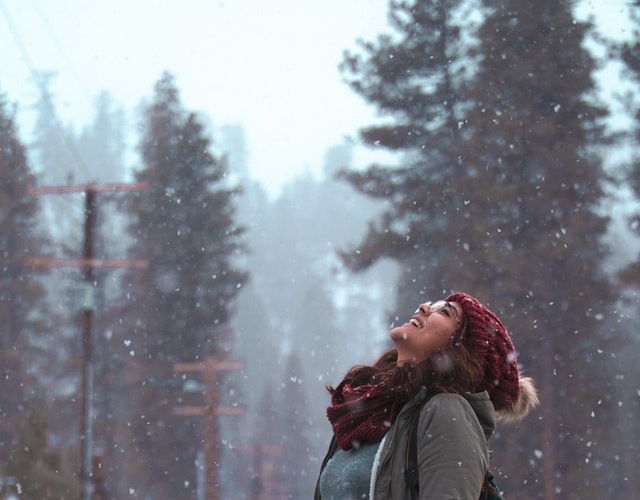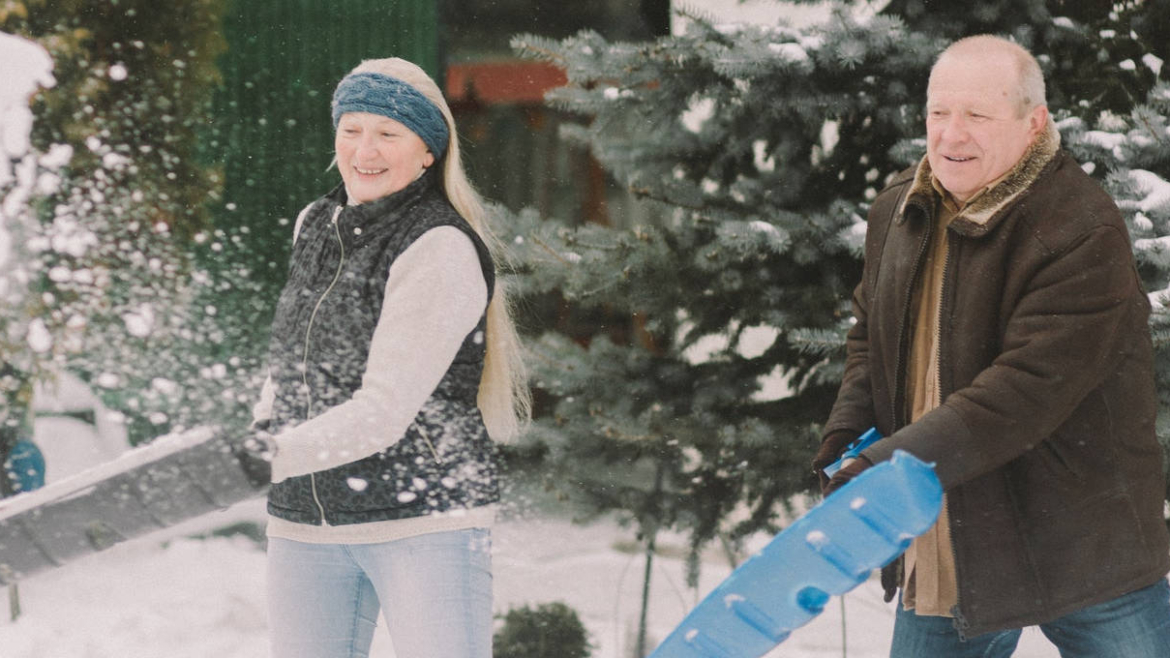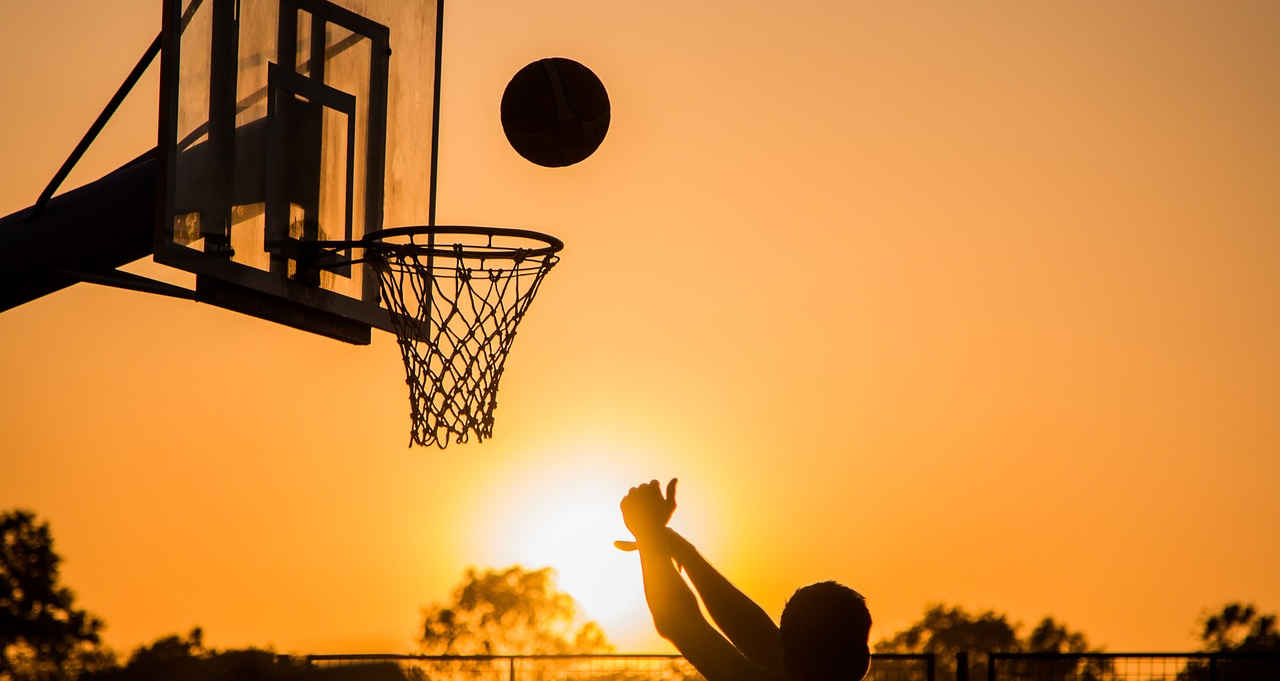Winter Safety Tips to Help Avoid Injury
The winter months bring a variety of personal injury risks. Being prepared for the changes in a person’s activities because of the shorter and colder days will help reduce the risk of severe bodily harm.

The most common injuries during the winter months are from falls, shoveling ice and snow, automobile accidents, and winter sports. These traumas to the body can be more severe for people who have experienced previous injuries or are in a fragile age group.
Many winter accidents are unavoidable, and some are minor, resulting in just a few bruises and scrapes. Proper planning and precautions can reduce the risk of serious injury.
Preparation
Keeping up with regular stretching and exercise throughout the year is a great way to maintain physical health that will lead to fewer injuries.
Muscles are less elastic with the cold weather and more susceptible to damage.
Exercises to warm up the muscles like tai-chi, yoga, or jumping jacks move the whole body. Total body warm-ups are essential. Shoulder and hip dislocations, along with wrist fractures from winter falls, are common, proving that all our joints and body parts need special attention.
With a lack of sunshine, people may not get the appropriate vitamin D doses, which is vital for bone and mental health. Calcium is also crucial. Dairy products like milk, cheese, and yogurt are good sources of calcium.
Winter sports enthusiasts have increased nutritional requirements because of the exposure to the cold. Athletes experience increased energy use and fluid loss, and their energy sources stored in the liver become depleted more quickly. Having snacks and fluids on hand can help restore the body’s needs and avoid weakness and dehydration, leading to falls.
Choose and Wear the Proper Gear for Winter
We can avoid many winter injuries with proper, well-fitted footwear before heading out the door for any activity during the winter months. Insulated and waterproof boots with appropriate traction protect the feet and assist in preventing falls. Added traction, like metal cleats, can make navigating icy walkways safer.
At least three layers of loose-fitting, layered clothing provide the best insulation. Tight apparel tends to reduce much-needed blood circulation.
Adapt
Winter months slow life down a bit. Remembering not to rush and taking our time on foot or by automobile will be the best way to prevent injuries.
Don’t rush while shoveling the snow. Be aware of each movement in your body while clearing the pathway and stop if you experience any pain.
Give yourself extra time to travel to appointments. Also, drive defensively and allow plenty of space between you and the other vehicles.
Keep de-icer or sand available for the icy spots around the house and keep your cell phone handy. With the higher risk of falling, the need to call for help may be more likely.
Sometimes, the outdoor chores can wait, or a professional or friendly neighbor may be willing to help. There is no need to stress over not attending to the tasks. Spring is not far away with pleasant weather and less chance of injury.






